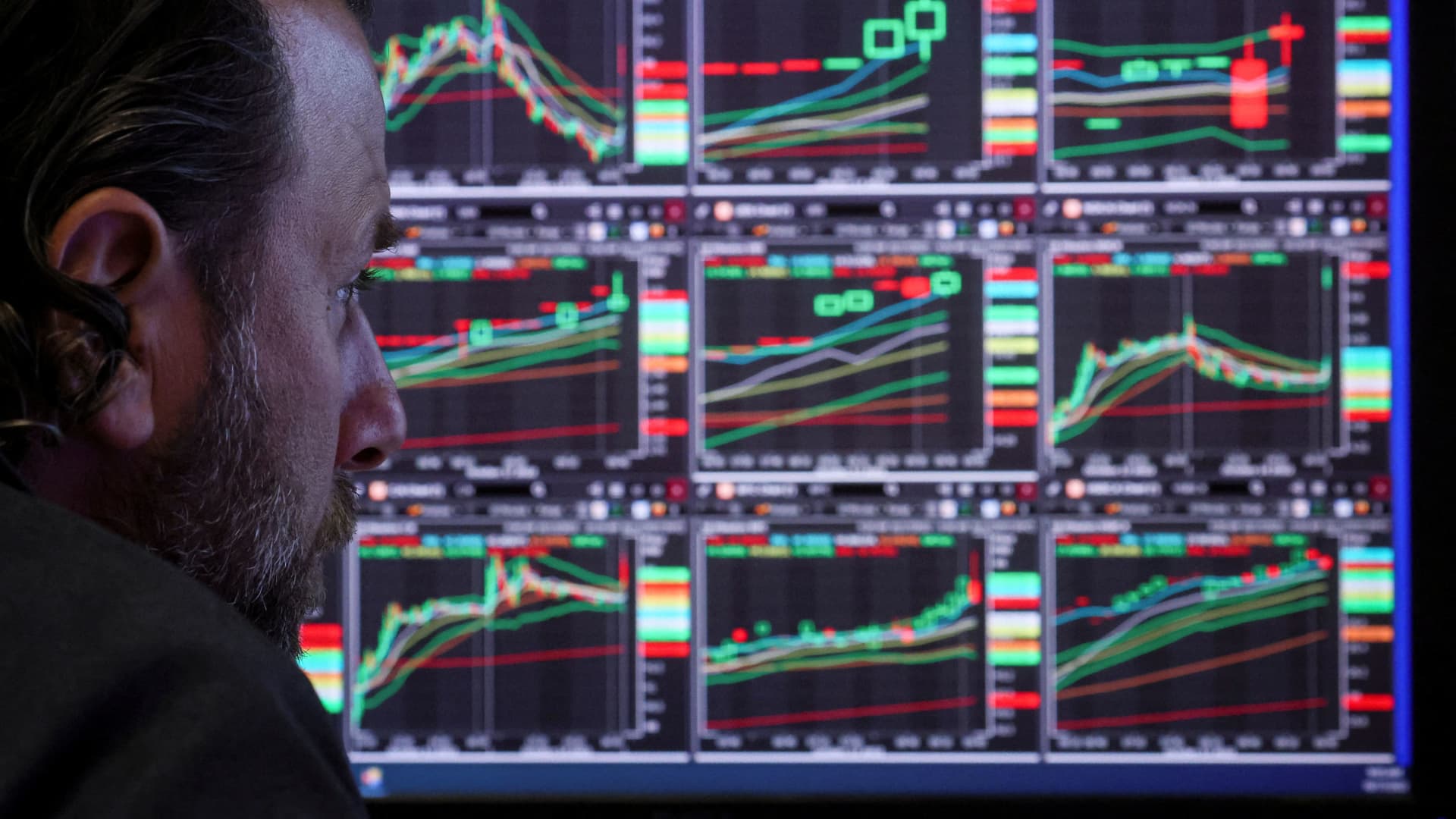[ad_1]
This year, the S & P 500 has declined by more than 21%. But it has also seen multiple weeks where stocks have risen by more than 5% despite slower economic growth expectations. Such bear market rallies, according to Madison Faller, global investment strategist at JPMorgan Private Bank, were well suited for investors to sell stocks ahead of a more significant market fall. “A lot of the bounces that we’ve seen over the course of the last week or so have been primarily technically driven in nature,” Faller said, referring to stock trading based on patterns on a chart rather than financial analysis of companies. For example, the SPY ETF , which tracks the U.S. large-cap index, has risen by more than 5% in a week four times this year and twice more than 7%, according to data from Koyfin. “I would certainly be using that exposure to de-risk my portfolio,” said Faller. “I don’t think that they have a really strong fundamental foothold at the moment.” Why sell stocks? The strategist, who advises clients at the investment bank, said that while the financial system has not shown “broad based cracks” yet, she was concerned over further tightening in monetary policy, which acts on the economy with a lag. “We do expect a recession to take hold by mid-2023 for the economy,” she said adding that JPMorgan Private Bank expects a “mild to moderate” recession. “If we see the S & P 500 fall to 3500 [points], that’s when a more mild recession would likely be discounted.” The index is currently sitting at roughly 3,750 points. Last week, Bank of America also advised clients not to trust the recent market rally as its research pointed toward further declines in the stock market. Hedge fund manager Dan Niles also reiterated his belief that the S & P 500 will bottom at 3,000 points. However, he said the stocks will rise this month until Oct. 25, when stock analysts will downgrade their estimates after mega-cap tech companies report third-quarter results. “I think we need to see further earnings downgrades come to fruition before we actually have a very durable bottom in equity markets,” Faller said, echoing other major market participants. What to buy? Faller said she sees one of the “best opportunities” to buy high-quality investment-grade bonds. The yield on the 10-year Treasury hit a fresh 14-year high on Friday, pushing up the yield on corporate bonds even further. Bond prices move inversely to yields. Faller believes companies with good credit ratings are unlikely to default in the current economic environment and are currently undervalued. On Wednesday, BlackRock advised its clients to jump on the “short-lived” opportunity in the fixed-income market. The world’s largest asset manager said as the market was seeing “max pessimism in rates” it saw values in some of its short-duration bond funds such as: iShares Short Treasury Bond ETF: It’s comprised of bonds that mature in less than a year. iShares 0-5 Year TIPS Bond ETF: It has exposure to short-term U.S. Treasury Inflation-Protected Securities (TIPS). iShares 1-5 Year Investment Grade Corporate Bond ETF: It has exposure to U.S. corporate bonds with maturities between one to five years.
[ad_2]
Image and article originally from www.cnbc.com. Read the original article here.

